17 Types of Mirrors to Open Up Your Space
Author: Rick Worst | Editor: Omar Alonso
Review & Research: Jen Worst & Chris Miller
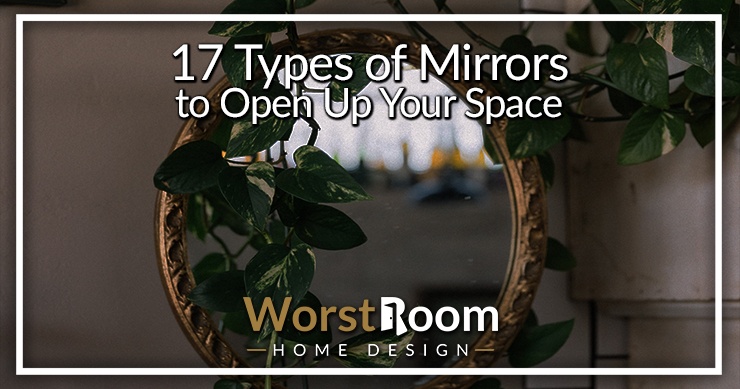
Any of these types of mirrors in your house can do so much more than show you how perfect your hair is or how well your clothes sit on you—they can light up the space, add the illusion of additional space to the room and even be a decorative accent piece in your home.
17 Types of Mirrors
However, if you paid attention in fifth-grade science class, you know that mirrors exist in many shapes and forms. Here’s a breakdown of the different types of mirrors and what they do. Feel free to learn about the mirror alternatives, as well.
Spherical Mirrors
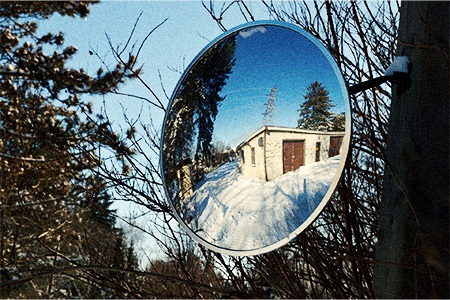
Let’s start with a surprisingly common type of mirror—spherical mirrors. If you’ve ever been to a carnival and gotten lost in the maze of mirrors, you’re already familiar with this type of mirror.
What may come as even more of a surprise is that these mirrors aren’t limited to carnival fun houses—they’re extremely common in households too. As the name suggests, spherical mirrors look like they’re half or some part that's been cut from a whole sphere, instead of being flat. They can be either concave or convex.
The images that these mirrors throw up can be quite distorted and funny. These mirrors also magnify or diminish objects placed in front of them. Convex mirrors have an outward bulge and allow more vision than flat mirrors—objects seem farther than they are but you see more.
Due to this, they’re very commonly used for safety purposes, such as in the side mirrors of buses and transport trucks or in industrial hallways where forklifts might be driving or hospital hallways where lots of people are moving fast. The image that convex mirrors throw up may be slightly distorted and smaller than the actual object.
Concave mirror types, on the other hand, curve inward, much like a spoon. The images in these mirrors look upside down, when viewed from far away, getting more magnified and flipping as you approach the mirror.
Also known as converging mirrors, these are great for focusing light, owing to their ability to reflect light inward towards a single point of focus. These mirrors are commonly used in car headlights, dentist clinics and vanity mirrors.
Silvered Mirrors
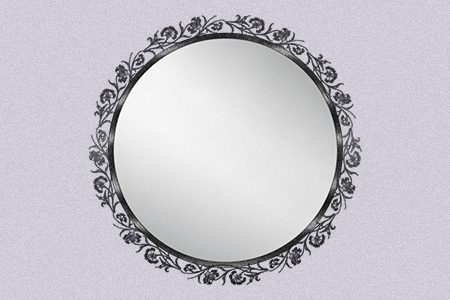
Silvered types of mirrors are coated with reflective materials (silver and aluminum being the most common).
The compounds of these reflective materials not only produce a high quality of reflection but also make the mirror last longer with their non-corrosive nature. These materials are also low density—more than other elements.
Silvered mirrors are generally the go-to option when you’re looking for decorative mirrors. Though these mirrors exist in all shapes and sizes, they are most commonly large. Despite being decorative, they’re also quite strong.
Silver is most commonly used since it has a high reflective capacity, reflecting all wavelengths and is effective even in thin layers. This also makes it cost effective.
Plane Mirrors
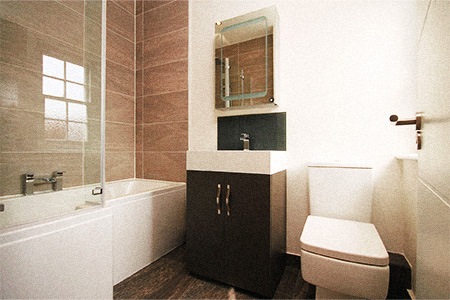
A plane mirror is the most basic form of a mirror—a coating of a metal alloy on a flat glass piece, reflecting a clear image. Needless to say, plane mirrors are the most common over most types of bathroom sinks, used everywhere from bedrooms to bathrooms.
Plane mirror types come the closest to reflecting shapes in their true form. The reflected images are nearly identical to the size and shape of the object placed in front of them.
However, these are laterally inverted—we know this more commonly as a ‘mirror image’. Your right in real life will look like your left in the mirror.
While generally planar or flat, these mirrors can also be slightly curved. They’re used in a range of applications, from vanity kits to office rooms to houses.
Mounted Mirrors
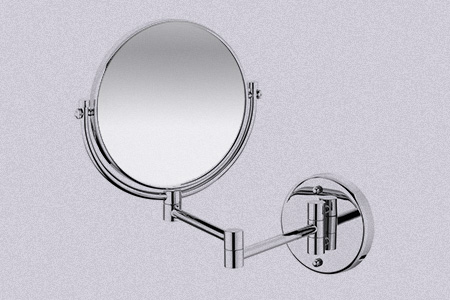
Mounted mirrors are quite common in living spaces and bathrooms, most often in the form of frameless sheet-glass mirrors that are quite basic and while lacking in style, are high in functionality and economic viability.
Acoustic Mirrors
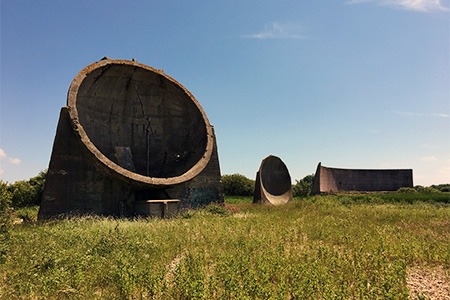
Acoustic types of mirrors are the fancy ones in the mirror family—and with good reason. These mirrors don’t reflect images as their cousins do—they reflect sound waves, instead, which is why they’re also known as parabolic sound mirrors.
Acoustic mirrors were once widely employed for surveillance by the military and now, are generally used for outdoor events to pick up far-away sounds.
Acoustic mirrors don’t feature any glass in their construction; they’re built using concrete, instead. These mirrors can also be used in certain microphones to pick up sounds.
Acoustic mirrors are available in a range of sizes, from being small enough to fit into microphones to being large enough for use in the Superbowl. These are generally custom built, which means that there are no standard sizes of parabolic mirrors available.
Wall Mirrors
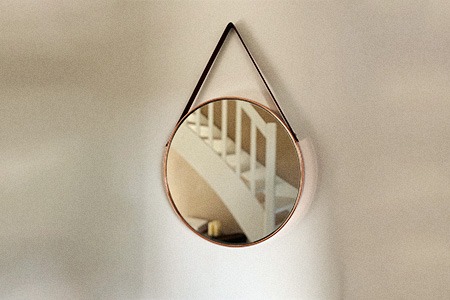
Wall mirrors, as the name suggests, adorn walls and come in a nearly unlimited range of styles and shapes. These can be as ornate or as plain as you wish, used equally for decoration and functional purposes.
Wall mirror types generally feature solid, heavy wood frames—ironically, this may make them difficult to hang, though they’re meant for the wall. You’ll have to use solid hanging options, such as French cleats, a heavy-duty wire, nails, and the like. You can hang a heavy mirror without nails, too.
A mirror is a fantastic piece to add when staging a dining room in general. With a classy frame and of proper size for the wall it's on, it can reflect light and make the room seem larger as well. If there's a chandelier it will reflect its majesty as well.
One/Two-Way Mirrors
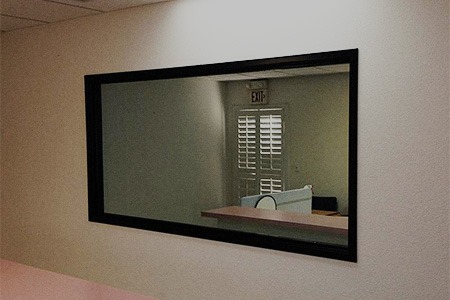
Television fans in the house are probably all too familiar with these mirrors—or fans of any detective drama. These mirrors are the defining factors of investigating rooms, allowing detectives to watch interrogations without being seen themselves.
This works because these types of mirrors consist of a see-through panel of glass on one side and a mirror on the other. One side of the mirror is brightly lit and the other side kept dark to aid the one-way visual transmission. The person standing on the dark side can view the other side.
Such mirrors are only partially reflective. They’re transparent, with a thin, reflective material coated on one side—generally tin, silver or nickel. These are applied to the back of the glass, which is then followed by a coating of copper and paint to prevent oxidation.
These mirrors are commonly used in laboratories, security cameras, security observation desks, interrogation rooms and the like. These mirrors can be extremely small—small enough to fit into hidden security cameras—or cover an entire wall, as it is with interrogation rooms.
Full-Length Mirrors
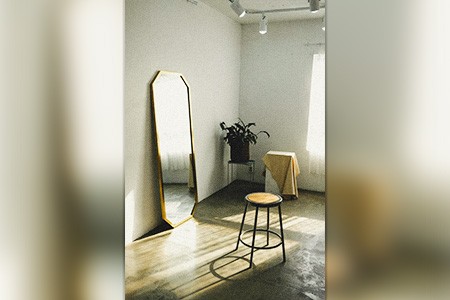
These mirrors are common sights in bedrooms and fitting rooms around the world. Full-length kinds of mirrors allow you to see your entire body and are very portable in nature—quick and easy to set up.
Many are freestanding within their own chassis while some have only a frame and are leaned against the wall, which creates an easier viewing angle as you stand in front of it. Make sure you don't knock these over or you'll be wondering how to fix a broken mirror.
Non-Reversing Mirrors
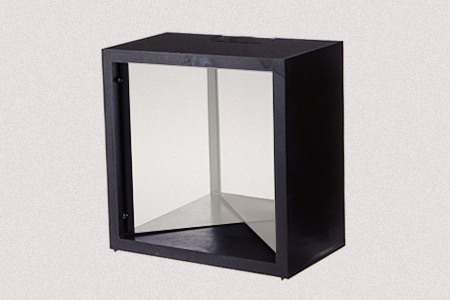
Non-reversing mirrors are also known as ‘true’ or ‘flip’ mirrors, allowing you to look directly at the image and having your actions reflected back as they are actually performed—real right hand waving, all around. Their name comes from the fact that they don’t laterally reverse your image.
Over-the-Door Mirrors
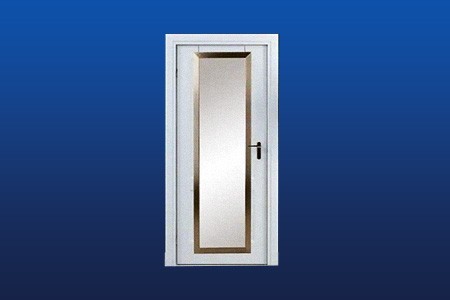
If you want to enlarge the size of the room but can’t spend a lot of cash on a renovation, an over-the-door mirror is a great idea.
These types of mirrors are great for small rooms as they can simply, inexpensively and easily installed over doors—you’re saving space and adding the illusion of extra space, at the same time.
Customized Mirrors
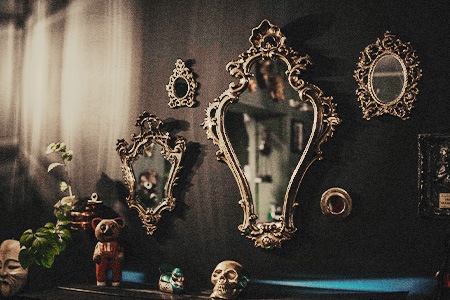
Customized mirrors, as the name suggests, are custom-built mirrors. These can be mirrored walls, mirrored surfaces and tabletops or decorative frames. You can choose between mirrors with beveled glass and plain glass, too.
Mirror Tiles
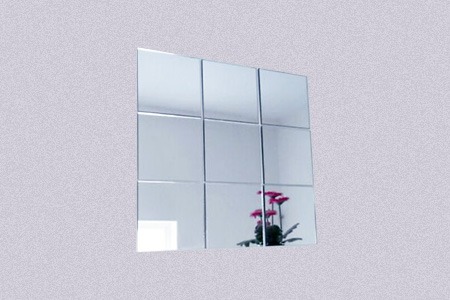
Mirrors are also available as tiles, generally self-adhesive (though adding an extra layer of adhesive may be a smart idea). These tiles can easily become a part of your latest DIY project.
Mirror tiles are available in the following forms—mosaic, random, solid, colored, smoked, beveled and as mirror tile sheets too.
Mirrored Backsplashes
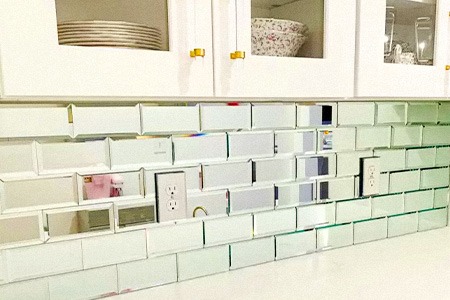
Mirrored backsplashes are nothing but mirrored backgrounds, surfaces or walls. These are extremely common in bathrooms and kitchens, adding a ton of space and light to the room and making it look bigger and brighter.
You can mirror your tabletops and walls and in the process of doing so, add elegance, depth and light to the space.
Decorative Mirrors
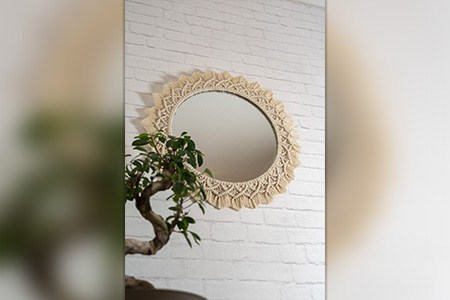
Some mirror types are meant purely for decoration and not functionality. These can be oversized, feature specialized frames, have gold and silver accents or have an antique finish to them, such as Victorian or Venetian adornments. The more vintage, the better!
Antique Mirrors
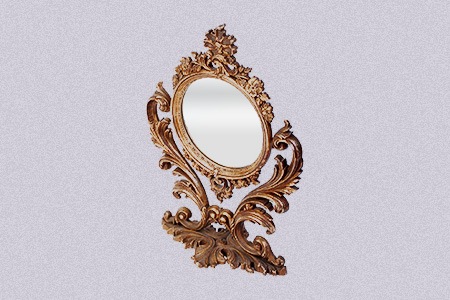
Any mirror that’s over a hundred years old can classify as an antique mirror (even though many designers can fake this look very well).
These come in a range of sizes, shapes and styles and have quite a timeless allure. Antique mirrors are generally floor length and designed to be freestanding, such as cheval mirrors.
Antique types of mirrors can be Baroque, Late Baroque or Rococo, Regency, Gothic, Georgian or Neoclassical.
Vanity Mirrors
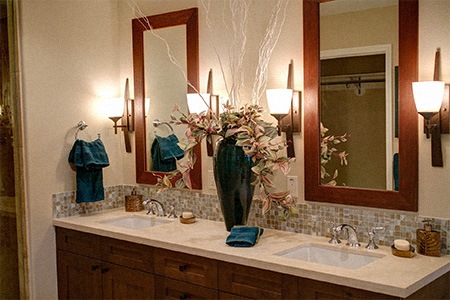
A vanity mirror can be made in various shapes, often circular or rectangular. They can be small or large. Smaller ones often have their own stands and are placed on vanity types of dressers you would sit in front of, while the larger ones are either built into the dresser or are placed on the wall behind it.
A defining feature is that vanity kinds of mirrors usually have a ring of light installed around them to help illuminate your face so you can really see how you look in detail as you ready yourself for the day or that special event.
Handheld Mirrors
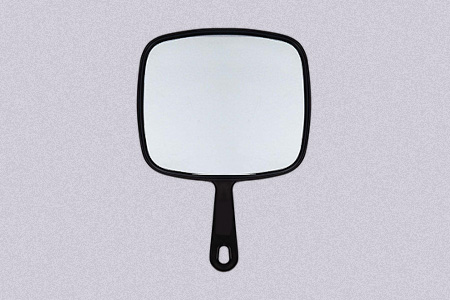
Handheld mirrors can be traced back to ancient societies in China, Egypt and Mesopotamia, as far back as the first century AD. These reflective surfaces are generally small and always attached to a handle of some sort.
In the 19th century, handheld mirrors were all the rage among Victorian women, with many owning customized, hand-painted porcelain handles and frames, especially in Germany and France. While the design has become more practical today, the functionality remains the same.
Types of Mirrors for Every Room in Your Home
Decoration or checking how big that pimple on your face really is, there’s a mirror for every need out there. With our handy guide, you can now pick out exactly the different types of mirrors you need for your needs.



